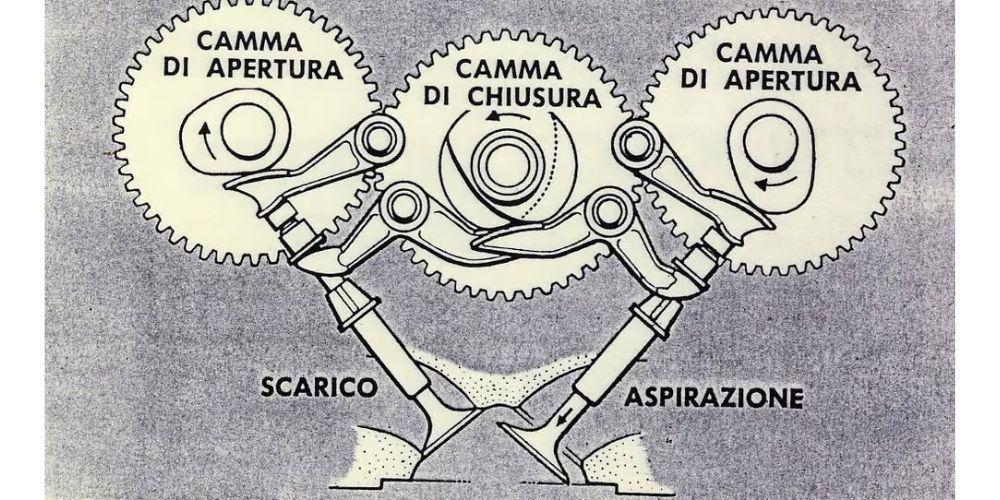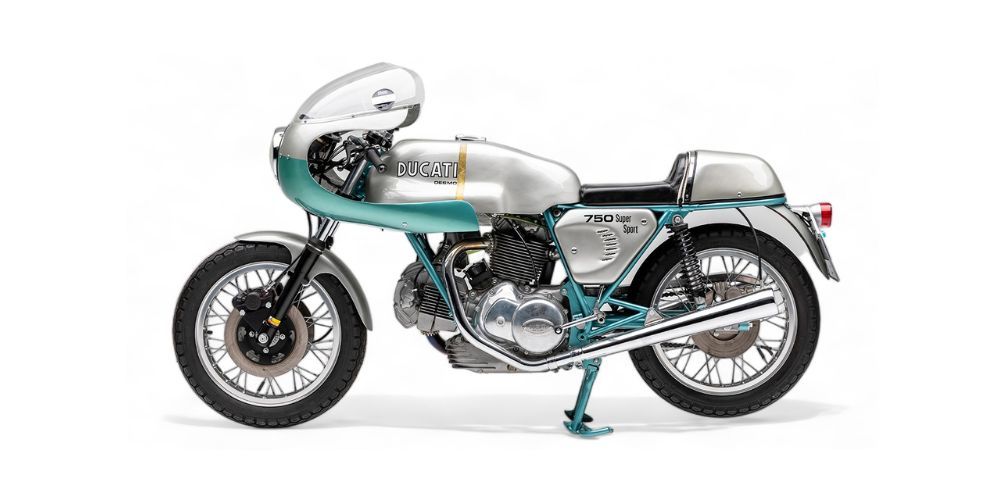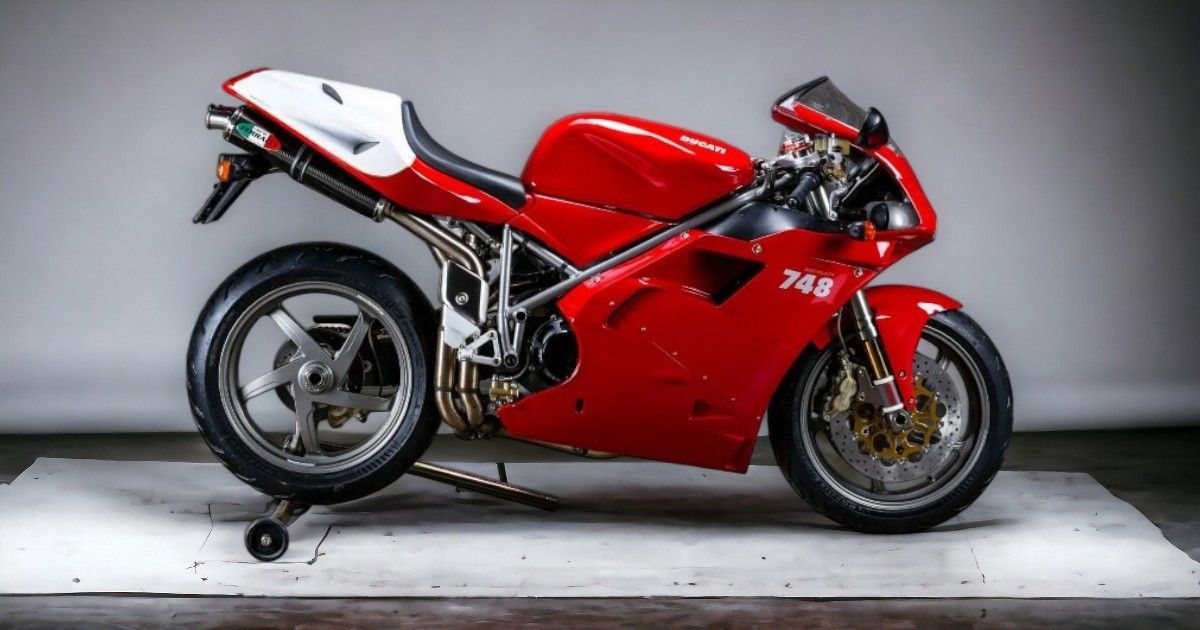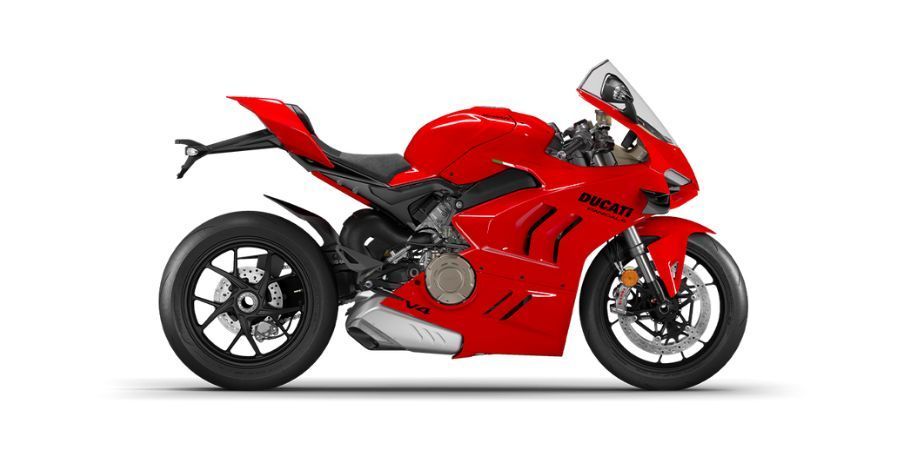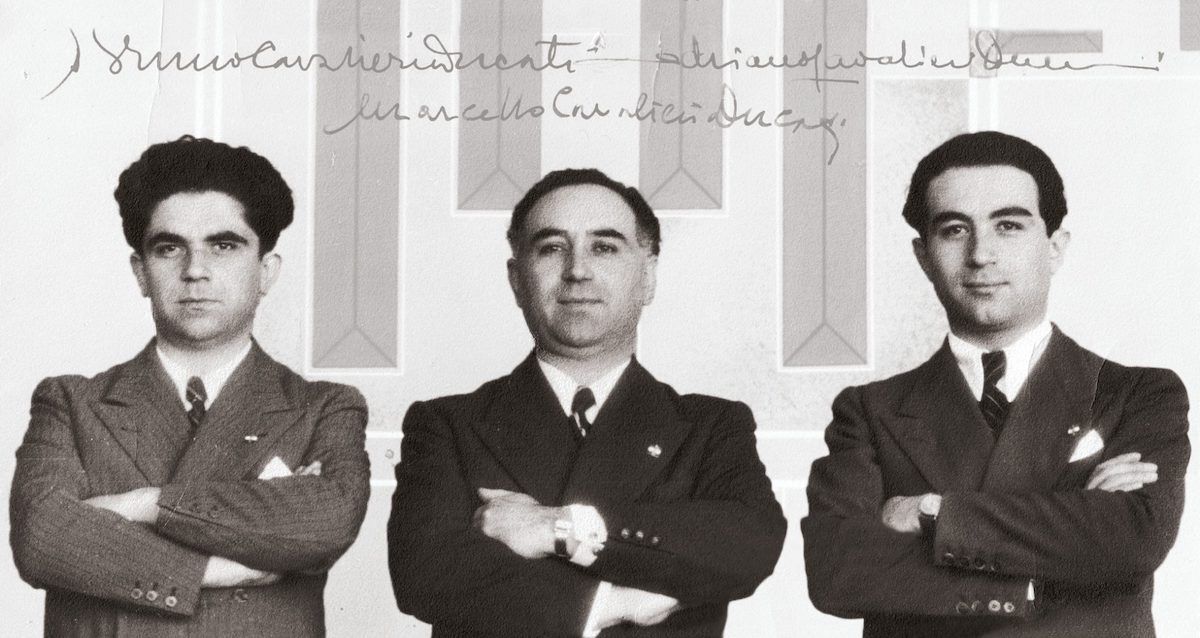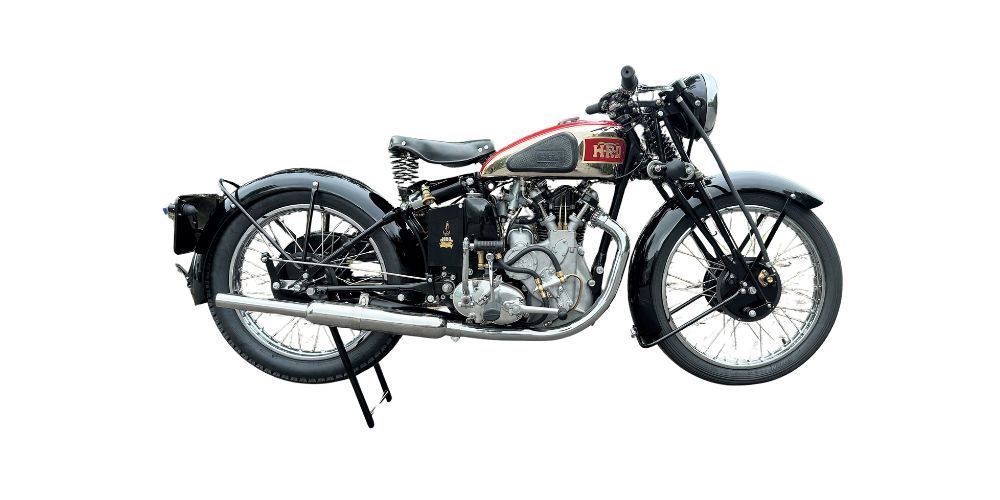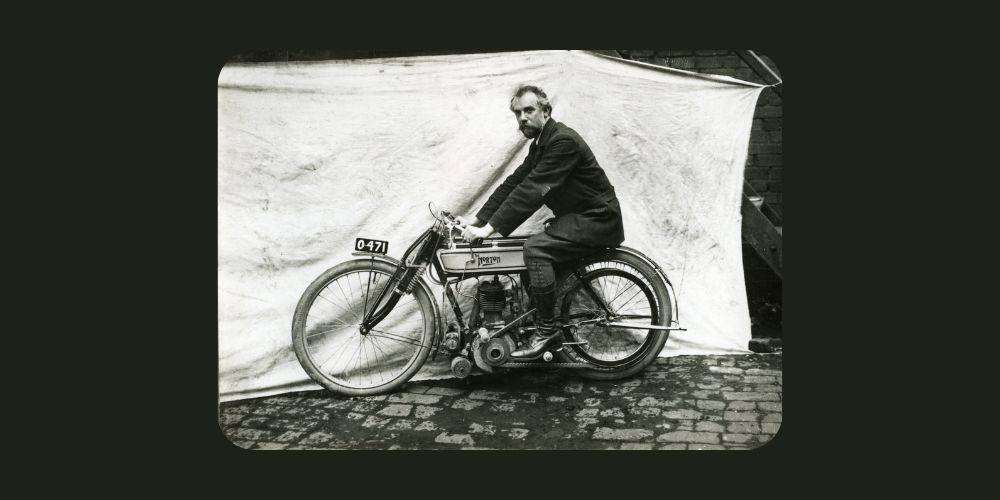Ducati 860 History: Evolution of an Iconic Motorcycle
The Ducati 860 is not just another motorcycle; it carries an epic tale that began in 1974. A tale of ambition as it was made to replace the 750 GT, with a desire for more power and better performance. Unexpectedly, its appeal wasn't limited to performance alone, its groundbreaking feature, the Desmodromic valve system technology proved ground-breaking. This novel approach allowed for exact control over valve movement which elevated motor performance. This feature still defines Ducati motorcycles now. Get ready for a journey back in time as we unravel this captivating saga starting from its birth.
The Ducati 860 was introduced in 1974 as a successor to the 750 GT. It featured a distinctive square-styled design and marked a departure from previous Ducati aesthetics. The series saw modifications over its production span, eventually being replaced by the Darmah SS and SD models in 1979.
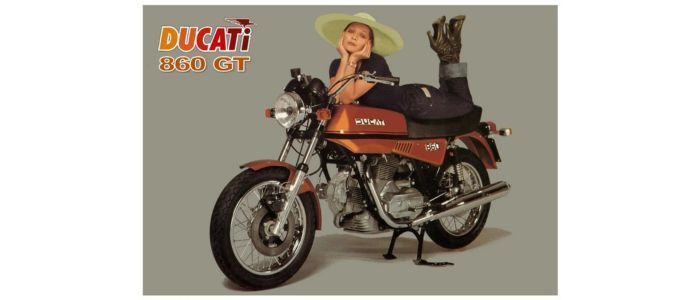
The Start of Ducati 860 Journey
In 1974, Ducati embarked on a new era with the release of the Ducati 860, moving away from their previous 750 GT. This signaled the company's ambition to elevate engine capacity and overall performance. The 860 boasted an engine displacement of 863.9 cc, providing riders with a remarkable upgrade and showcasing Ducati's growing engineering prowess.
The adoption of a SOHC four-stroke air-cooled 90° V-twin engine in the 860 set the stage for enhanced capabilities that enthusiasts embraced wholeheartedly. This shift represented Ducati's evolving vision for future motorcycles, emphasizing performance and power delivery.
The introduction of angular cosmetic elements by renowned Italian motorcycle designer, Giuseppe Montanari marked a significant departure from Ducati's traditional rounded engine cases and café racer styling. This shift in design philosophy signaled the start of a new visual era for Ducati motorcycles.
Such a transformative leap naturally instigated mixed reactions among loyal enthusiasts and potential buyers alike. Some were captivated by the avant-garde design that signaled a departure from conventional aesthetics, while others initially hesitated to embrace this futuristic shift in Ducati's visual language.
As
Ducati embraced this significant transition with the 860, it laid forth aspirations to redefine motorcycle design and performance.
Ducati's innovation didn't end with the 860; its evolution culminated in groundbreaking engine technology that revolutionized the motorcycle industry. Let's now journey into the heart of this revolutionary advancement—the Desmo engine technology.
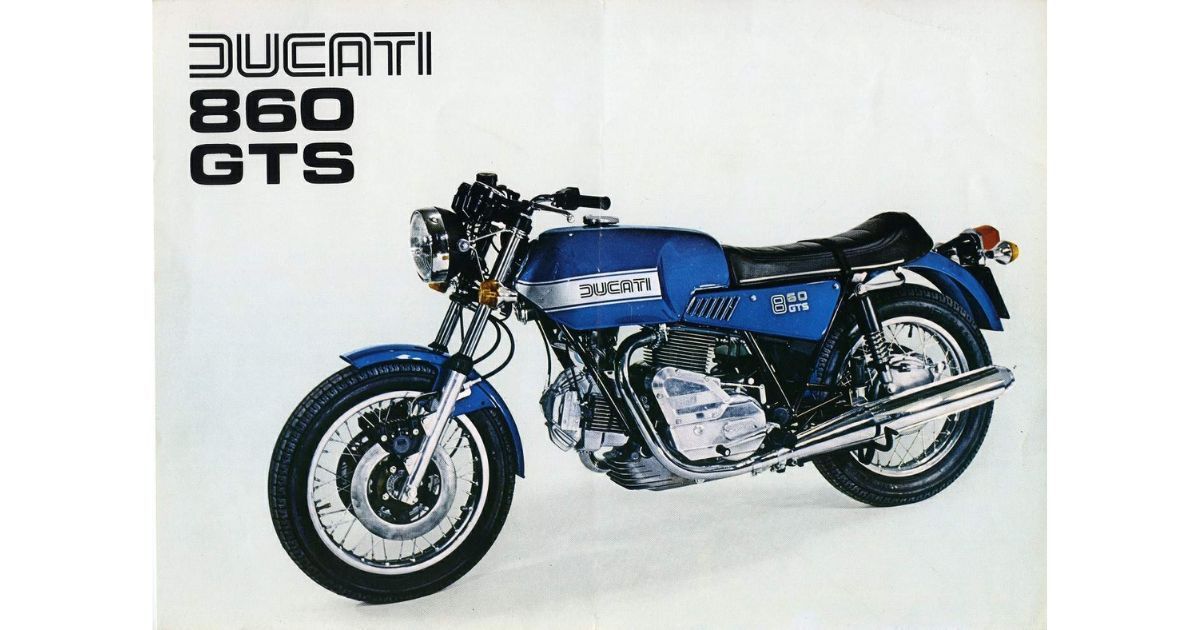
Unraveling the Desmo Engine Technology
Imagine your motorcycle's engine as a complex system, and then think about how a small component within it can make a huge difference. This is where Desmodromic technology comes into play. The 1974 Ducati 860 was among the first models to embody this remarkable innovation. So, what exactly is this Desmodromic valve system? Let's break it down.
In a conventional internal combustion engine, valves are operated by a camshaft with help from springs to close them when not in use. However, in the Desmo engine, the valve closure isn't reliant on springs; instead, it employs a separate cam and lever mechanism for both opening and closing of the valves. By eliminating the need for springs, Ducati's Desmo system ensures precise control over valve movement, resulting in more efficient engine performance.
This precise control has several significant advantages:
- Improved Performance: The design allows for higher engine speeds, increasing power output and overall performance.
- Reduced Wear: With no valve float even at high RPMs, there's decreased wear and tear on the valves and less chance of them contacting the piston.
- Better Fuel Efficiency: The precision in valve timing and movement contributes to more efficient fuel consumption.
This advanced technology requires meticulous engineering and precision in manufacturing. The heart of any Ducati motorcycle is its engine, and by integrating Desmo technology into its powerplant, Ducati delivers on its commitment to top-notch performance.
To put the impact of this technology into perspective - imagine your motorcycle's engine as a high-performance orchestra. While many engines rely on the 'standard' conductor (a spring) to keep time, every note in a Desmo engine is precisely choreographed by a conductor with an extraordinary memory - always hitting the right notes at the right moment.
By harnessing this unique mechanical symphony, Ducati's Desmodromic valve system ensures that each component works harmoniously to produce an unparalleled riding experience.
The adoption of Desmodromic technology by Ducati represented a pivotal moment in motorcycling history. Its implementation meant that riders could now experience smoother performance and greater reliability. This innovation underscored Ducati's unwavering focus on pushing boundaries in pursuit of motorcycle perfection.
As we delve further into the intricacies of Ducati's iconic motorcycles, let's take a closer look at the range of technological advancements across different iterations of the legendary Ducati 860 series.
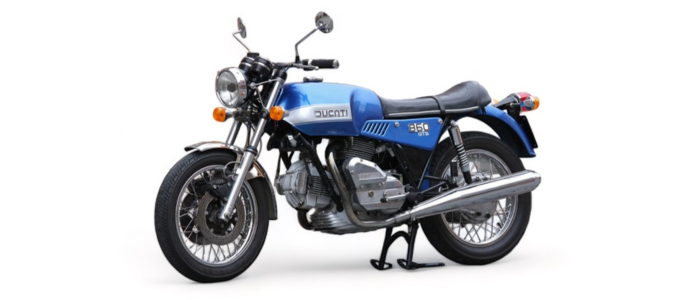
Exploring Ducati 860 Models
The Ducati 860 series, which comprised two main models, had a significant impact during its time. Let's dissect what set the 860 GT and the restyled 860 GTS apart from each other.
When we talk about the 860 GT, it stands out with its angular cosmetic elements, marking a significant departure from the rounded engine cases and cafe racer styling prevalent at the time of its release. Renowned Italian motorcycle designer, Giuseppe Montanari was behind this design shift, known for transforming not just cars but also motorcycles into unique and visually striking machines.
The Giuseppe Montanari-designed aesthetics lent a modern and edgy appeal to the 860 GT. This bold move by Ducati ignited conversations within the motorcycle community and solidified their reputation for taking risks in design, attracting enthusiasts who sought something new and bold.
Turning our attention to the 860 GTS model, it arrived with noticeable modifications aimed at enhancing user experience and performance. The GTS showcased itself with a less angular fuel tank, enabling a change in riding position by incorporating lower handlebars. Not only did this change the look of the motorcycle, but it also improved its handling on different road surfaces.
Moreover, Ducati fine-tuned the 860 GTS further by altering the final drive ratio, contributing to a more responsive overall riding experience, blending fun and practicality into one package.
By making these adjustments, Ducati showcased their commitment to evolving their machines based on user feedback and technological advancements, valuing not only style but also rider comfort and performance on the road.
Both models carved their paths within the realm of motorcycle history, offering captivating stories behind their development and showcasing Ducati's innovation and adaptability to shifting consumer preferences. These enhancements set forth a standard that would influence future Ducati models, highlighting how historical significance can shape an entire lineage of motorcycles.
Unearthing the distinguishing features of the 860 GT and 860 GTS reinforces their pivotal role in Ducati's journey, contributing to their continued influence in motorcycling history.
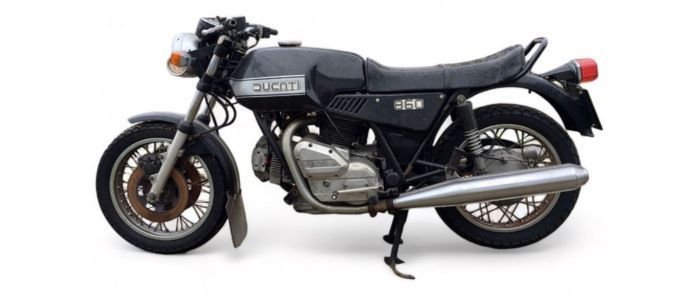
Racing Legends: Ducati 860 Performance
The Ducati 860 motorcycles weren't just prized for their aesthetics and engineering—it was their impressive performance that truly set them apart. Let's take a closer look at what made these bikes so formidable on the racetrack.
When we talk about performance in the context of motorcycles, it's not just about top speed and power output—it's also about the bike's agility, handling, and overall prowess on the track. The Ducati 860 certainly lived up to its legacy by showcasing exceptional characteristics that made it a force to be reckoned with in motorcycle racing.
One of the standout features was the bike's engine displacement of 863.9 cc, which provided a formidable amount of power. This power output translated to a top speed of 109 mph, making the Ducati 860 a true speed demon on the racecourse.
Moreover, the power output of 57 hp @ 7700 rpm or 60 hp @ 6900 rpm (depending on the model) provided riders with a range of capabilities, allowing them to adapt to different racing scenarios. Whether it was sprinting down a straight stretch or making precise overtakes through chicane sections, the Ducati 860 proved time and again that it was a well-rounded contender in motorcycle racing.
Consider the Ducati 860 as a thoroughbred racehorse, elegantly maneuvering through the twists and turns of a racetrack under a skilled jockey. It wasn't just about raw power; it was about harnessing that power and translating it into unmatched performance in various racing conditions.
The Ducati 860 motorcycles' stellar performance wasn't just evident in their specification sheet—it was showcased on racetracks around the world, earning them a reputation as true legends in the realm of motorcycle racing.
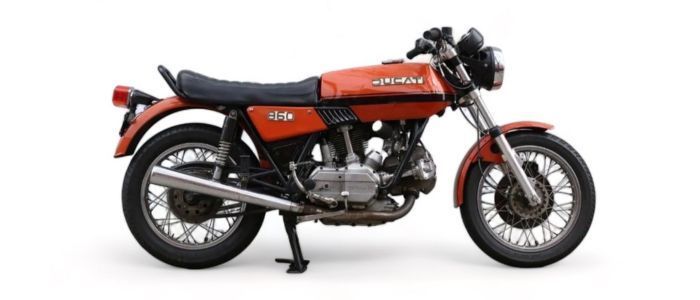
- The Ducati 860 was a motorcycle model produced by Ducati from 1974 to 1975.
- It was part of the Ducati bevel-drive twin series and was powered by an air-cooled 863.9cc (or 864cc) SOHC four-stroke 90° V-twin engine, capable of producing around 57-60 horsepower.
- The engine featured desmodromic valve control, a technology developed by Ducati for precise valve actuation.
- The top speed of the Ducati 860 was approximately 109-120 mph
- The Ducati 860 weight ranged from 408 to 500 pounds, depending on the specific model and year
From Past to Present: Ducati 860 Legacy
The Ducati 860 series has truly made an impact, not just during its production but even today, it stands as a testament to the enduring legacy of the brand. Its reputation isn't solely built on speed and performance; it has left an indelible mark in the world of motorcycle engineering and design. From the very first 860 models, Ducati has been at the forefront of innovation and aesthetic appeal.
The 860 series came during a time when Ducati was transitioning from being known primarily as a manufacturer of single-cylinder motorcycles to a true contender in the high-performance motorcycle arena. The striking design and technical advancements introduced in the 860 series were crucial in establishing Ducati's position within the motorcycle industry, setting a new standard for engineering excellence and aesthetic appeal.
One key aspect that exemplifies the legacy of the Ducati 860 is its influence on subsequent Ducati models. Many of the design elements and technological innovations introduced in the 860 series have been refined and adapted across different Ducati motorcycle lines, showcasing a lasting impact on the brand's DNA. This is evidenced through features like streamlined aerodynamics, power-efficient engines, and distinctive visual aesthetics that have become signature traits of Ducati motorcycles.
This enduring legacy extends beyond just Ducati itself; it has also had a widespread impact on the broader motorcycle industry. The innovations pioneered in the 860 series have set new industry benchmarks, inspiring other manufacturers to push boundaries in their own designs and technologies. The timeless legacy of the 860 series represents a pivotal moment in motorcycle history, setting a standard for what exemplary engineering and design can achieve.
In the words of a seasoned motorcycle engineer, "The influence of the Ducati 860 series goes beyond just being an iconic motorcycle; it represents a forward leap in the evolution of two-wheeled engineering and design. It's not just about speed; it's about pushing boundaries and reshaping what motorcycles can be."
The influence of the iconic Ducati 860 series is undeniable, permeating throughout both Ducati's subsequent models and the wider landscape of motorcycle design and technology. It continues to stand as a testament to Ducati's enduring reputation for excellence and innovation in both form and function.
The profound impact of the Ducati 860 series sets the stage for understanding its evolution and influence in modern motorcycles. This evolution not only transformed its brand but also shaped the wider dynamics of motorcycle engineering and design.
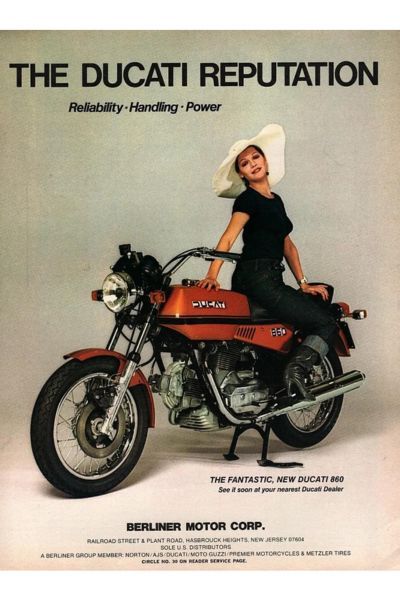
Evolution and Influence in Modern Motorcycles
The Ducati 860 series has made an indelible mark on the motorcycle world. Its impact resonates through time, evident in the design elements and technological advancements seen in modern Ducati motorcycles. When examining Ducati’s present lineup, echoes of the 860's innovative spirit can be seen in every model.
One key area where the Ducati 860's influence is unmistakable is in its design philosophy. The sleek lines, bold contours, and thoughtful integration of components characteristic of the 860 series have become emblematic of modern Ducati motorcycles. This aesthetic embodiment pays homage to the timeless appeal of the original 860, seamlessly integrated with contemporary design sensibilities.
Moreover, the engineering innovations pioneered by the 860 series have had a lasting impact on the performance capabilities of modern Ducati bikes. From advanced chassis technologies to enhanced aerodynamics and cutting-edge electronic features, the DNA of the 860 series resonates in the high-performance attributes of present-day Ducati motorcycles.
In addition to its influence on design and performance, the Ducati 860's legacy can be traced in the realm of rider experience and ergonomics. The emphasis on rider-centric engineering and ergonomics that characterized the original 860 has continued to shape the user-focused design approach adopted by contemporary Ducati models. The pursuit of optimal balance between comfort, control, and exhilaration owes much to the enduring principles established by the revered 860 series.
For instance, modern Ducati motorcycles incorporate rider-assistive technologies inspired by the ergonomic innovations introduced in the 860 series. These encompass adaptive riding modes, personalized suspension settings, and intuitive rider interfaces aimed at enhancing safety and comfort while amplifying the thrill of riding a Ducati.
The enduring impact of the Ducati 860 series serves as a testament to its timeless relevance in shaping the trajectory of motorcycle design and engineering. The convergence of heritage with innovation underscores Ducati's unwavering commitment to pushing boundaries while honoring its rich legacy.
In summary, as we observe how Ducati's contemporary lineup embodies the spirit and ingenuity of the 860 series, it becomes evident that this iconic motorcycle's influence continues to resonate across generations, reaffirming its position as a pioneering force in the realm of motorcycling.
Check out the full history of Ducati, their logo, and our curated Ducati apparel and gear.
Who designed the Ducati 860?
The Ducati 860 was designed by the renowned Italian motorcycle designer, Giuseppe Montanari. Montanari, known for his innovative and sleek designs, was commissioned by Ducati in the late 1970s to create a successor to the popular Ducati 750. With his expertise in aerodynamics and passion for performance, Montanari crafted the iconic lines and curves of the Ducati 860, giving it a distinctive and timeless look that still captivates motorcycle enthusiasts today. His attention to detail and commitment to pushing the boundaries of design made the Ducati 860 a true masterpiece in the world of motorcycles.
What are the specifications of the Ducati 860?
The Ducati 860, also known as the Ducati 860 GT, 860 GTE, and 860 GTS, was a classic motorcycle model manufactured in the 1970s. The specifications of the Ducati 860 varied slightly depending on the specific model and year of production. Here are the key specifications based on the search results:
- Engine: The Ducati 860 was powered by an air-cooled 863.9cc (or 864cc) SOHC four-stroke 90° V-twin engine.
- Power: It produced around 57-60 horsepower (41.9-65 kW) at different engine speeds, depending on the model and year.
- Top Speed: The top speed was approximately 109-120 mph (175-193 km/h), again varying by model and year.
- Transmission: It was equipped with a 5-speed transmission and a wet multiplate clutch.
- Suspension: The front suspension consisted of a telescopic fork, and the rear suspension featured dual shocks.
- Weight: The dry weight ranged from 408 to 500 pounds (185 to 227 kg), again depending on the specific model and year.
- A starter motor was fitted on the 860 GTE (E for electric start) a model following the introduction of the 860 GT (without starter motor) shortly.
The Ducati 860 series included the 860 GT, 860 GTE, and 860 GTS, with some variations in design and specifications between the models and over the years. Therefore, it's important to specify the exact model and year when referring to the specifications of the Ducati 860.
What is the price range of a Ducati 860?
The 1975 Ducati 860 GT had a price of $2,549 when it was new. The price range of a Ducati 860 now can vary depending on various factors such as the condition, mileage, and any additional features or modifications. However, as of my knowledge in 2024, the average price range for a Ducati 860 is typically between $8,000 to $12,000. This range takes into consideration the market demand for this classic motorcycle model and its overall value in the current market. It's always recommended to do thorough research and consult with reputable dealers or sellers to get an accurate and up-to-date price estimate for a specific Ducati 860.
About the Author
William Flaiz, passionate about European motorcycle brands, shares his expertise and stories on RunMotorun.com. He offers detailed insights and reviews, aiming to educate both seasoned enthusiasts and newcomers. Flaiz combines personal experience with thorough research, welcoming visitors to explore the rich world of European motorcycles alongside him.

